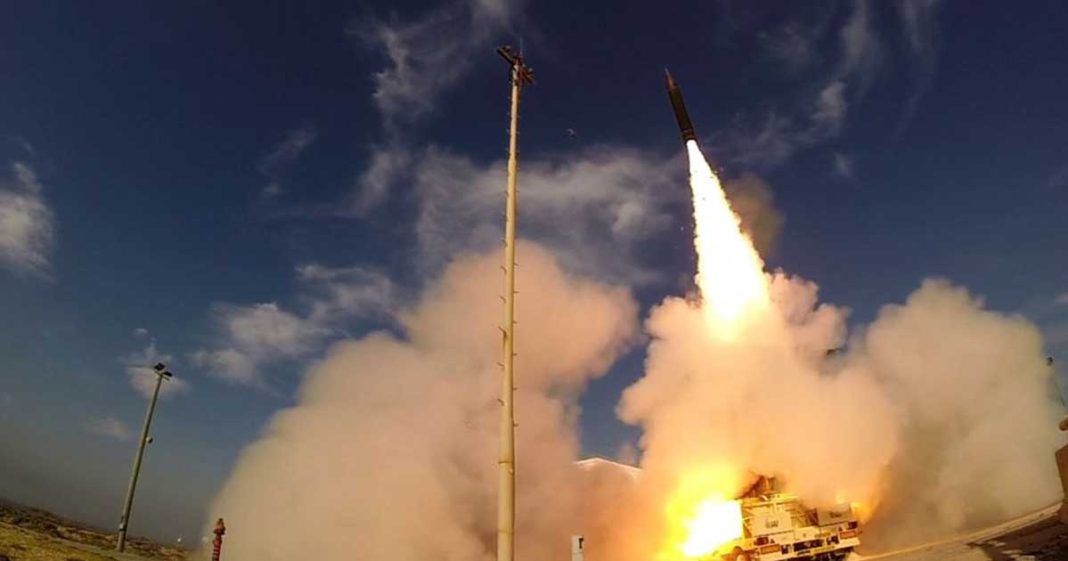The U.S. hits back at Iranian-backed militants in Iraq
U.S. forces stationed at Ain al-Asad air base west of Baghdad faced an attack involving a close-range ballistic missile. This attack resulted in eight injuries among U.S. personnel and caused minor damage to the base’s infrastructure. In a swift response to this aggression, the United States employed an AC-130 aircraft, which was already in the air. The aircraft successfully targeted and hit a vehicle and several personnel affiliated with an Iranian-backed militia, believed to be responsible for the missile launch. Pentagon spokesperson Sabrina Singh confirmed these details, highlighting the U.S. military’s capability to quickly locate and neutralize the threat.
first known public U.S. military action
This retaliatory strike represents the first known public U.S. military action on Iraqi soil in response to a series of recent drone and missile attacks against U.S. troops. Prior to this, the U.S. had restrained its military responses to these provocations, which have included 66 attacks by Iran-aligned Iraqi militia groups. The U.S.’s counteractions were previously confined to three separate strikes in Syria. These ongoing attacks, beginning on October 17, have inflicted injuries, including minor injuries and traumatic brain injuries, on at least 62 U.S. service members.
The rise in hostilities has also ended a year-long unilateral ceasefire that various Iraqi factions, some established post the 2003 U.S. invasion and others during the 2014 fight against the Islamic State, had declared with the U.S. The current situation has escalated tensions in the region, with these attacks being linked to U.S. support for Israel in its conflict with Hamas.
More to read: Israel forewarned by Germany
The U.S. currently has a significant military presence in the region, with 2,500 troops in Iraq and 900 in Syria, primarily focused on advising and assisting local forces to prevent a resurgence of the Islamic State. This pattern of aggression from Iranian-backed entities has seen an uptick since President Joe Biden’s tenure, with over 150 attacks targeting U.S. forces in Iraq and Syria, signaling a complex and volatile security landscape in the Middle East.













